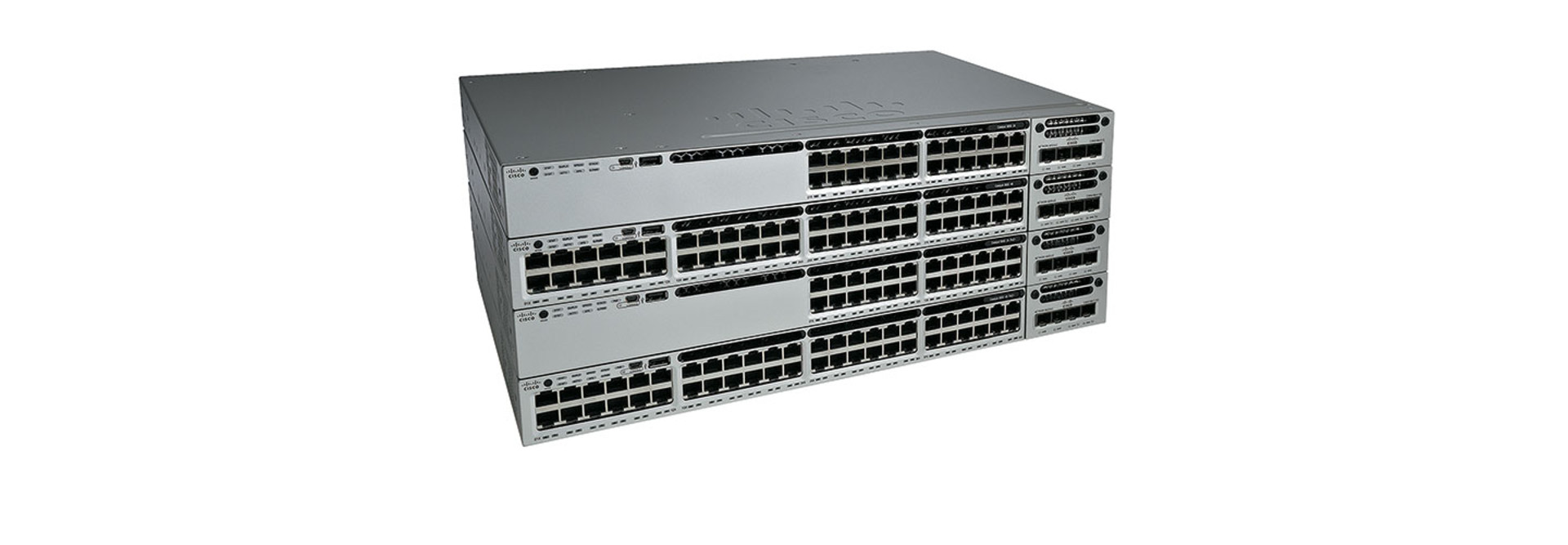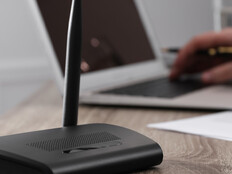Cisco 3850 - A Unified Network Management Catalyst
Because state and local governments serve the public, their networks may contain kiosks and open wireless access alongside private wired and wireless networks for government personnel. Managing the ensuing chaos can be a nightmare, but that’s precisely the environment that the reasonably priced and infinitely expandable Cisco Catalyst 3850-48F-S switch is designed to conquer.
Cisco’s 48-port stackable switch converges management under a single operating system, enabling administrators to set policies to apply to both wired and wireless networks. This functionality eliminates the need for managers to set up Control And Provisioning of Wireless Access Point tunnels, which impedes detailed quality of service.
The 802.11ac-ready wireless controller can work with large government networks, with up to 40-gigabit-per-second wireless throughput, plus support for up to 50 access points and more than 2,000 simultaneous wireless network clients.
Plugged In
Beyond all of its wireless network benefits, the Catalyst 3850 is still a powerful wired switch, with 480Gbps stacking bandwidth and support for desktop Gigabit connections.
We connected the Catalyst 3850 to several desktops within a test bed and had five wireless hubs feed their clients into the same switch, all of which barely scratched the surface of the 3850 in terms of performance. We could measure bandwidth and determine how the switch routed both wireless and wired traffic equally, based on universal policies put in place through the interface. In one case, the 3850 prioritized the bandwidth of a particular streaming application, whether it was served through a desktop on the wired network or via a tablet connecting wirelessly through one of the managed hubs.
Administrators can tailor specific wireless policies to better manage more complex setups, including priorities based on factors such as service set identifier, client, radio frequency or exclusive wireless applications. The Cisco Catalyst 3850-48F-S could prove to be the silver bullet for slaying the wireless management confusion found in many agencies, whether at smaller branch offices or main headquarters.
How to Configure the Cisco Catalyst 3850 for Large Enterprises
While most of our team’s performance testing was done with a single Catalyst 3850 switch, we also combined three switches into a network, where they can take on even more roles in the management of a wired/wireless deployment. The setup would be especially useful for very large deployments that go beyond the 50 access points supported by a single core switch.
The first switch in such a setup — at the bottom of the chain, closest to users — becomes a mobility agent and can support up to 50 Control And Provisioning of Wireless Access Points (CAPWAP) tunnels terminating right on the device. The 3850 can unscramble all that wireless data and assign priorities and access based on whatever ruleset is configured on the device — rules that also can apply to the wired network traffic.
The same switch also handles tasks such as radio mobility management, which essentially turns it into a mobility controller. Users can logically group different 3850s according to their own preferences, although it makes sense to categorize them based on factors such as location (which ensures, for instance, that the Department of Motor Vehicles receives one controller group while the legislative headquarters gets another).
The 3850s at the bottom of the chain (there were two in our test setup) are linked to a third switch that can handle all of the heavy lifting and connections that occur between switches. The setup creates an overarching mobility group that can manage quite a lot of traffic, even with a lot of divisions feeding wireless hub traffic into the 3850 for monitoring and management. And it works even if those divisions have different rulesets and different wired and wireless layouts.
The 3850 can take users even further than that, because each of those mobility groups can be linked automatically to other groups, making the network’s top end unlimited. On our three-switch mobility group (somewhat tiny by comparison), we were able to set single policies based on factors such as security or application priority, to apply to every single mobility group, switch, hub and wireless user — as well as to the wired network — across an entire organization that could grow to an unlimited size.
No matter how large a network grows, either wirelessly or through cables, the Cisco Catalyst 3850-48F-S switches can grow alongside it, while still providing network administrators with a single point where everything can be managed. This will ensure proper bandwidth allocation and quality across an entire state, regardless of the devices used, their locations or delivery methods.









